As a detecting device, smart sensors are able to sense the information that needs to be detected and then transform it into electric signals or other required forms with certain rules, so as to meet the requirements of information transmission, processing, storage, display, recording and control. IoT smart sensors can be regarded as the extension of human beings’ five sense organs, giving it a new name “Electric Five Senses”, and it’s quite vital to the Internet of Things. You’ll learn more comprehensively about IoT in the following article.
1. What are Smart Sensors

Being a physical device or biological organ, the sensor is capable of detecting and collecting information about the surrounding environment and transmitting it to other devices or organs. Being placed near the sites or networks for use, sensors can be of different sized according to the actual applications. They can not only be separate components, but also be integrated into other products such as engines, intelligent thermostats, intelligent smartphones or intelligent watches. The data collected then will be processed and stored after being sent back to the network.
2. How Smart Sensors Work
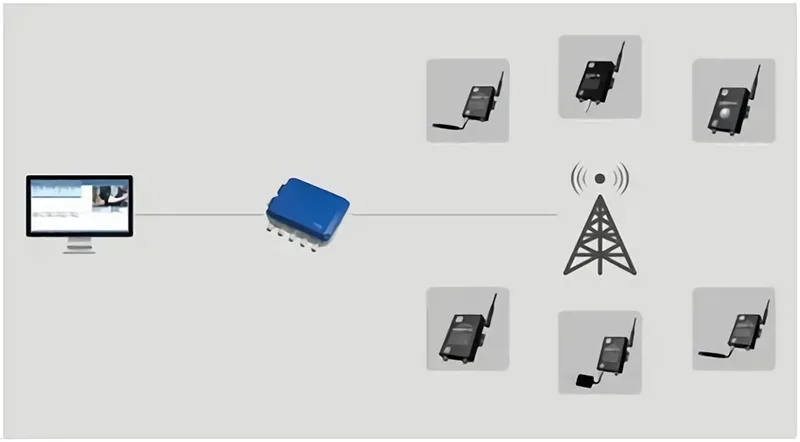
Components of IoT System
All systems consist of multiple individual components that all work towards a common goal. Also, being part of a system ensures higher productivity and better effects. The IoT system is mainly composed by:
- Sensors, sensing physical quantities;
- Field central microcontroller, controlling all actions performed by sensors and other components;
- Cloud, analyzing and handling data received;
- Transmitters and receivers, establishing links among different sensors, microcontrollers and central cloud servers through the Internet;
- User page, communicating with the users and performing tasks instructed by users.
Smart Sensors: Bridge to the Real World
A good example of an IoT system is a smartphone, which typically includes:
- GPS module for location determination;
- Temperature sensor for detecting environment’s temperature;
- Microphone for sensing users’ voices;
- Proximity sensor for sensing the distance between users and the phones and locking the phones during the call.
Sensors are applied on different software in phones. For instance, the user interface of Google Map can interact with GPS module and collect position coordinates, helping users arrive at their destination through processing data with the Internet.
BMS, namely battery management system, is another example of applying various sensors in the IoT system. BMS is an electric system that protects and manages the battery and briefly speaking, it can be regarded as the personal guard of the battery.
Sensors are like gateways between the computer world and the real world. Therefore, it needs to convert whatever it perceives in the real world into stuff that can be understood by computers.
3. What are the Types of IoT Smart Sensors
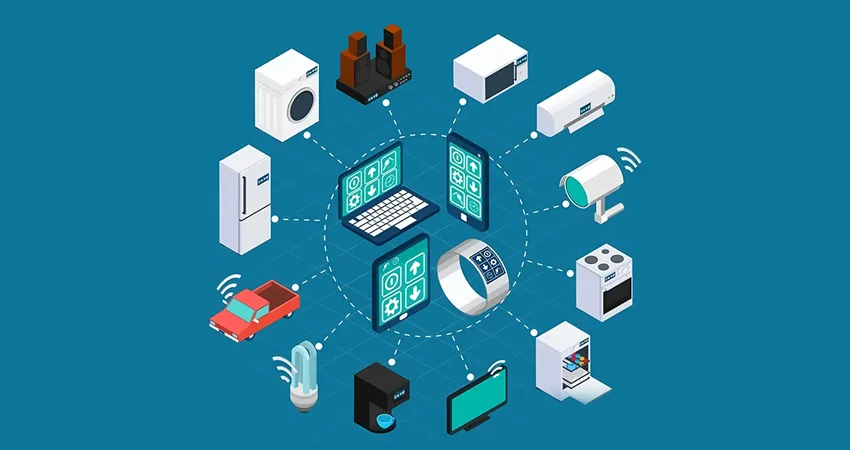
1. Sensors can be classified into the following types according to their principles: vibration sensors, humidity sensors, magnetic sensors, gas sensors, vacuum sensors, and biological sensors.
2. Sensors can be classified into the following types according to their output signals: analog sensors, digital sensors, pseudo-digital sensors, and switch sensors.
3. Sensors can be classified into the following types according to their manufacturing process: integrated sensor, thin film sensor, thick film sensor, and ceramic sensor.
4. Sensors can be classified into the following types according to their measurement purpose: physical sensors, chemical sensors, and biological sensors.
5. Classification of IoT Wireless Sensor:
- Wireless Curtain Controller
- Wireless dimmer
- Infrared motion sensor
- Wireless combustible gas detector
- Wireless smoke detector
- Current monitoring socket
- Wireless temperature sensor
- Wireless motion sensor
- Emergency siren
- Wireless window sensor
- Wireless light sensor
- Wireless door magnetic sensor
- Wireless switch controller
- Zigbee RF module
- Frequency-Output Relative Humidity Module
- Wireless gas sensor
- Wireless repeater
4. What Wireless Technologies are Applied in Smart Sensors
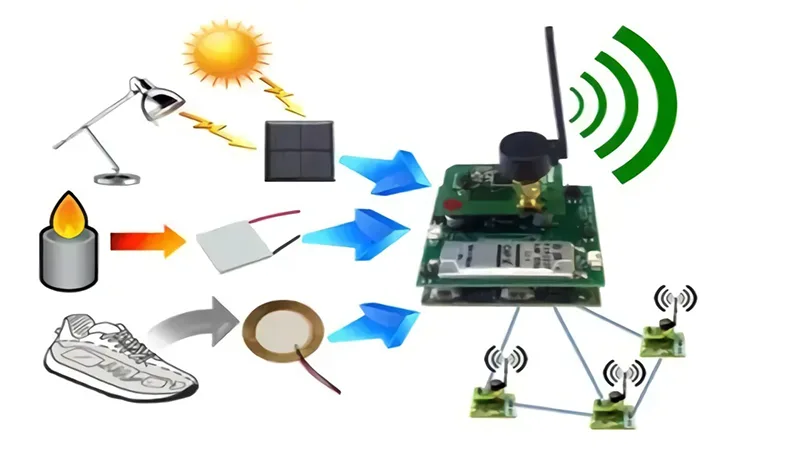
The short-distance wireless technology is applied in some networks such as enterprise office networks. Long-distance wireless transmission technology has been applied to some networks like intelligent agriculture.
In the field of IoT, most sensors are embedded in chips with low energy consumption and low power, mostly based on wireless contact with short instances. Lots of manufacturing devices, material terminals and intelligent terminals are in need of Wifi, Bluetooth and Zigbee to make interconnections, and this is common, especially inside factories. However, this kind of technology fails to meet the requirement of some services. For instance, some enterprises require to monitor the product-using status of their clients and get the data back in real-time. And in some heavy industries, the monitor for the using status of remote devices is quite important. Thus, long-instance wireless technology is needed in these situations. Enterprises can choose both cellular communication technologies such as 3G and 4G and low-power WAN transmission technologies such as LoRa, Sigfox, and NB-IoT.
5. IoT Smart Sensors Application Examples
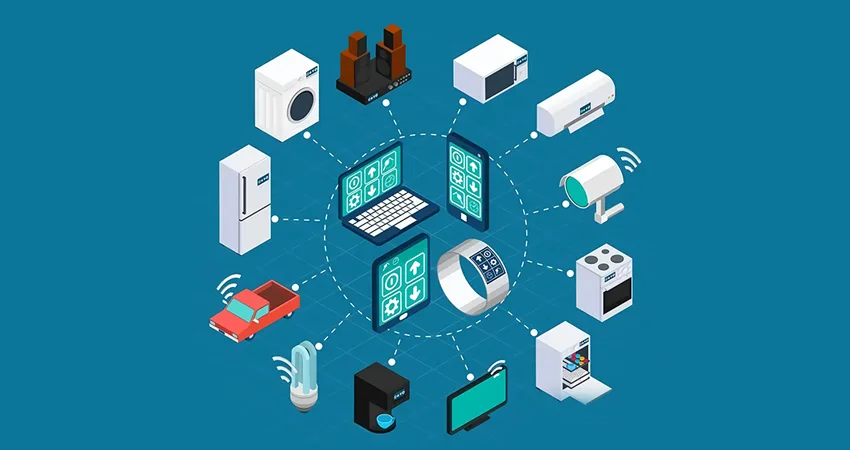
Wireless sensor network products have the advantages of wireless wiring, lower installation costs, and no direct electrical connection with each other, and there is no problem of mutual interference. Therefore, its market uses are very extensive, involving almost all fields of social and economic activities.
- Field of pipeline trench monitoring, such as temperature, pressure and flow of Water supply and drainage, heating, gas supply, oil supply
- Field of warehouse monitoring, such as temperature and humidity in a grain warehouse, drug warehouse, food warehouse, factory hazardous chemicals warehouse.
- Field of manhole cover and fire hydrant monitoring, such as urban manhole cover, fire hydrant and so on.
- Field of liquid level monitoring, such as the water level and liquid level in rivers, dams, reservoirs and oil tanks.
- Field of greenhouse monitoring, such as temperature and humidity, light, gas of vegetables, flowers, breeding.
- Field of aquaculture monitoring, such as fish ponds, cages and other water quality, gas.
- Field of atmospheric environment monitoring, such as toxic and harmful gases in public places like parks, schools, and communities.
In addition to the above 7 main application areas, there are other applications, such as military, scientific research and so on.
6. Solutions to IoT Sensor
IoT sensors have already seeped into many industries such as ocean exploration, cultural relics protection and so on. Almost every modernization industry is inseparable from sensors. All countries pay much attention to the situation and future of this smart sensor, which is conducive to society and technology.
Sensors are devices that convert various physical quantities, chemical quantities, and biomass in nature into measurable electrical signals. The definition of a sensor determines its own complexity and variety.
As the nerve endings of the IoT, sensors have become the core components for human beings to sense nature. The deployment and application of all kinds of sensors are essential to building the IoT. Different sensors are provided for different applications, ranging from smart industry, smart security, smart home, smart transportation, smart medical care, etc.
7. Advantages of IoT Smart Sensors
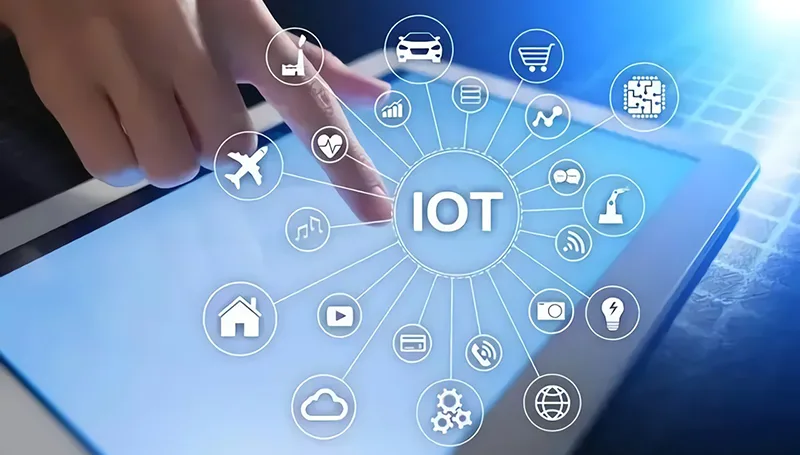
First, IoT sensors have improved the visibility of the existing process and workflows by identifying, locating and confirming their environments and conditions. For instance, intelligent sensors in the Industry IoT environment are able to track temperature and humidity, and then record the data for history recording and quality management.
Second, IoT sensors can be embedded in products to improve the production process or the product itself. Sensors are capable of monitoring, controlling and improving operations during production, or being incorporated into logistics systems to simplify product delivery. Smart products are embedded into devices, by which new revenue opportunities are created.
Third, sensors have lower costs with more advanced functions and greater efficiency, and the scope for their achievement is wider.
8. What is the IoT Sensor Market
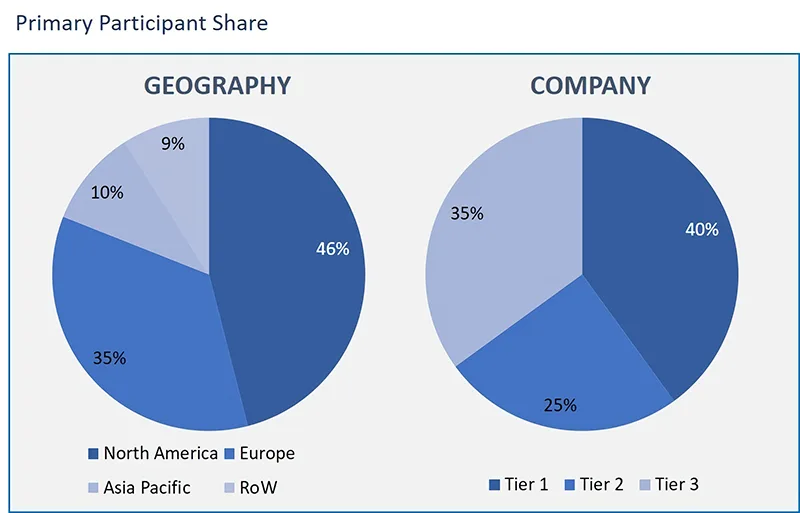
The year-to-year growth rate in 2021-2022 is expected to be 25.7%. Demands for the integration of Industry IoT have been rising gradually in the industries that need sensors-based measurements to observe and decision support. It’s expected that the IoT sensors market will be expanded during the forecast period and North America might dominate the market during this period based on its region.
According to Nasdaq, driverless cars could dominate the market by 2030. Brands like Volkswagen, Mercedes-Benz, Toyota, Google and Volvo are actively investing in developing smart cars with excellent features to provide a safer and more comfortable driving experience to the consumers. IoT is now sparking a huge revolution in the transport and automotive sectors with real-time data access, preventive maintenance and connected mobility, and it is evident that the IoT market is booming.
















